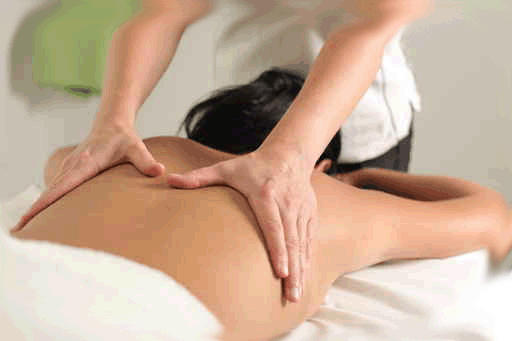Physiotherapy or physical therapy is one of the health sciences dedicated to the study of life, health, diseases and death of the human being from the point of view of human body movement, is characterized by seeking the proper development of the functions that produce the systems of the body, where their good or bad functioning, affect the kinetics or human body movement.
It intervenes when the human being has lost or is at risk of losing or altering temporarily or permanently the proper movement and with it the physical functions through the use of scientifically proven techniques.

The physiotherapist’s main therapeutic weapon is his hands, and therefore, manual therapy. The manual techniques most used by the physiotherapist in Dwarka is:
• Massage therapy (massage, lymphatic drainage, deep transverse massage)
• Kinesitherapy
• Articular Manipulative Physiotherapy
• Global Postural Reeducation, empowerment, stretching and re-equilibration of musculoskeletal function
• Articular, fascial and visceral mobilizations
• Manual methods of reeducation of postural tone, synergies and pathological patterns in the case of neurological physiotherapy
The professional in this area receives the title of Physiotherapist. Physiotherapy is a free, independent and autonomous profession.
The World Health Organization (WHO) defines physiotherapy in 1958 as: “the science of treatment through physical means, therapeutic exercise, massage therapy, and electrotherapy.” In addition, Physiotherapy in Dwarka includes the execution of electrical and manual tests to determine the value of the affectation and muscular strength, tests to determine the functional capacities, the amplitude of the joint movement and measures of the vital capacity, as well as diagnostic aids for the control of the evolution “.
Applications :
• Traumatology: contractures, sprains, fractures, sports injuries, tendinitis, post-operative recovery, etc.
• Neurology: hemiplegia, sciatica, herniated disc, Parkinson’s, nerve palsies, etc.
• Orthopedics: scoliosis, hyperlordosis, kyphosis, etc.
• Geriatrics: Parkinson’s, loss of mobility and functionality of the elderly patient.
• Sport: prevention and treatment of sports injuries.
• Ergonomics: postural hygiene and back school.
• Respiratory physiotherapy
• Scars: keloids, retractable, traumatic
• Rheumatology: rheumatoid arthritis, fibromyalgia, osteoporosis, osteoarthritis, etc.
• Vascular: circulatory deficit, lymphatic edema, postmastectomy lymphedema, etc.

